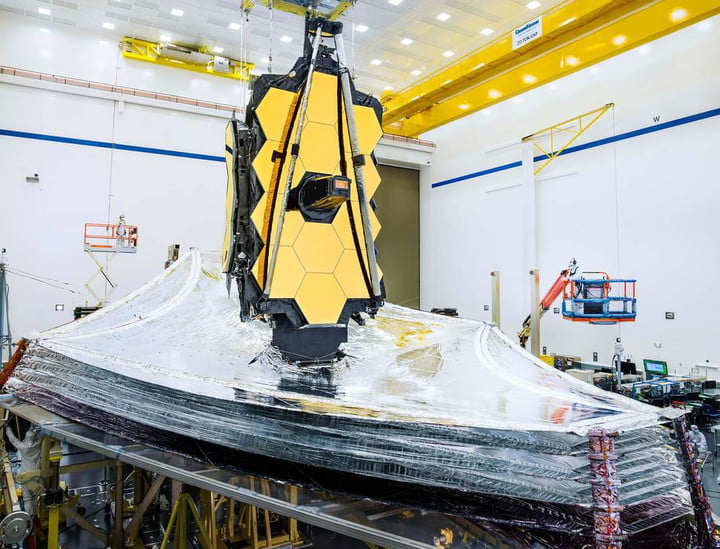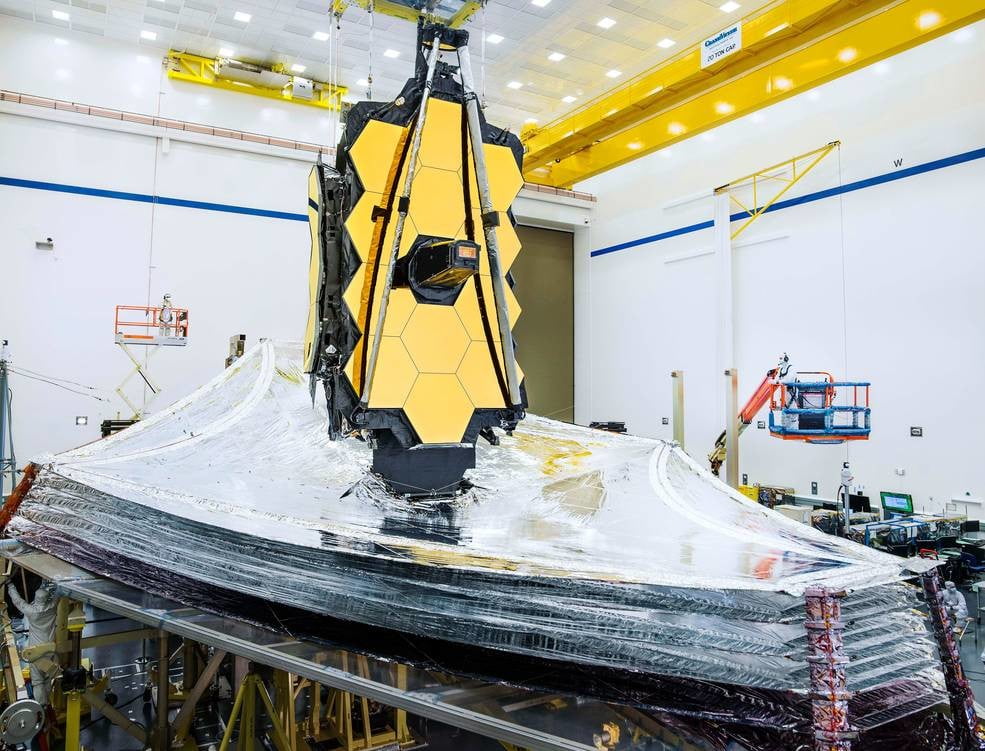The launch of the James Webb Space Telescope has been pushed to no earlier than December 22 following an incident that occurred as the observatory was being attached to the rocket that will carry it to space.
The space observatory — the most powerful of its kind ever built — was set to launch from Europe’s spaceport in Kourou, French Guiana, on December 18.

“Technicians were preparing to attach Webb to the launch vehicle adapter, which is used to integrate the observatory with the upper stage of the Ariane 5 rocket,” NASA explained in a message posted on Monday, November 22. “A sudden, unplanned release of a clamp band — which secures Webb to the launch vehicle adapter — caused a vibration throughout the observatory.”
A NASA-led anomaly review board has been convened to investigate the incident, and additional testing will take place to check for any damage to the observatory. An update from NASA is expected at the end of the week once all of the tests have been carried out.
It’s not the first delay to hit the James Webb Space Telescope. Development on the project began in 1996 with a launch date originally targeted for 2007. But various problems along the way — among them the coronavirus pandemic — saw several mission dates missed.
The James Webb Space Telescope is the result of an international collaboration between NASA, and the European and Canadian space agencies. Said to be 100 times more powerful than the Hubble Space Telescope, the space-based observatory will perform a detailed exploration of everything from our own solar system to the most distant observable galaxies in the early universe. It’s hoped the mission will help us better understand the origins of the universe and our place within it.
The telescope features a 6.5-meter-diameter golden mirror made up of 18 hexagonal segments that will enable it to explore deep space in great detail. It also includes a tennis court-sized sunshield, which, like the mirror, will be folded for launch, with both sections automatically unfolding following deployment in space.
For a more in-depth look at the James Webb Space Telescope and the aims of the upcoming mission, take a look at this article explaining everything you need to know.
